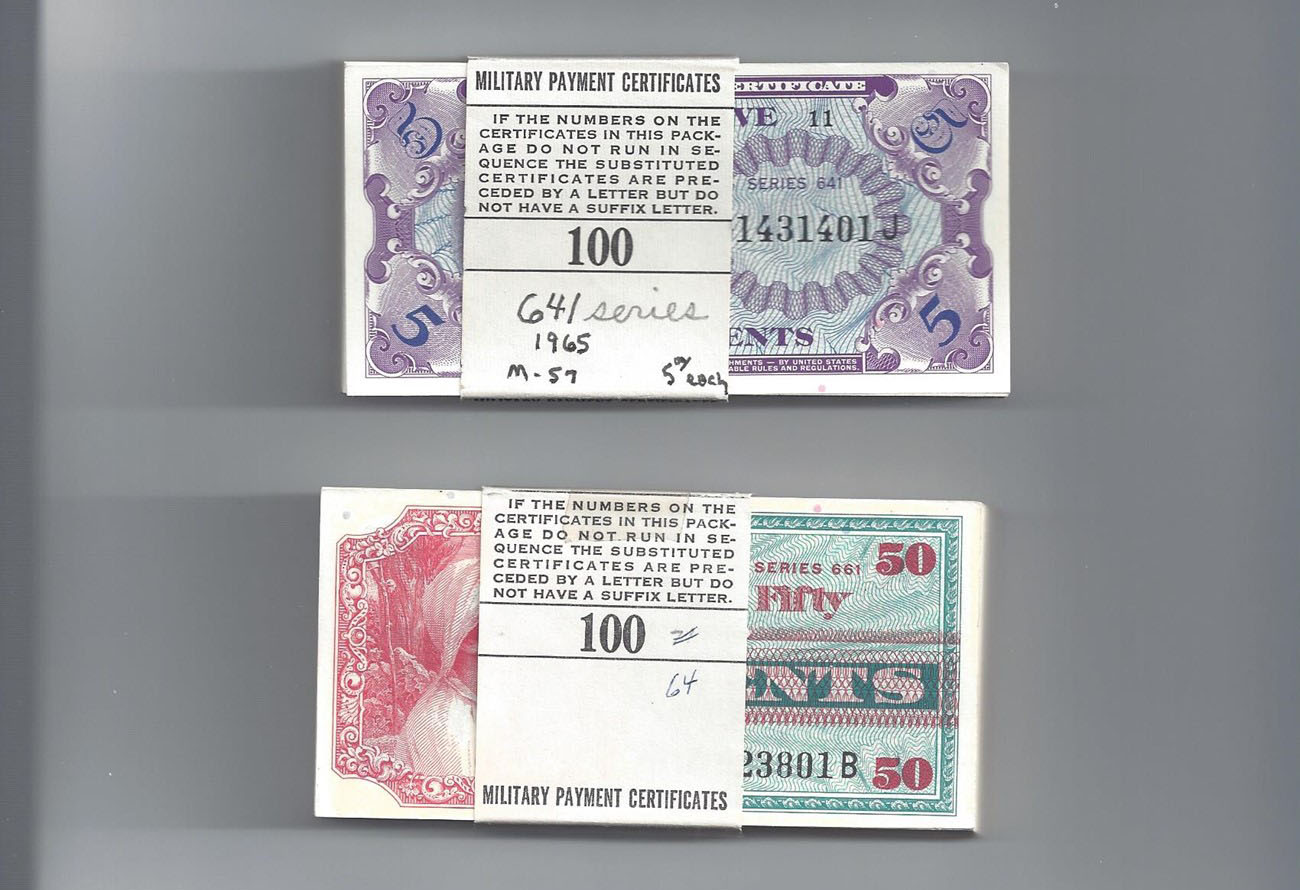
Collector Owns Over 1,000 Military Payment Certificates

Collector Owns Over 1,000 Military Payment Certificates
Bill McNease started out collecting all kinds of things, including currency, but eventually he landed on his true passion: military payment certificates. “I realized that if I wanted to be a collector, I needed to specialize in something,” he shares. He served as a pay officer in Vietnam, and when he came back, he brought several notes with him and displayed them. But things really got started when he discovered he could buy the military payment certificates on eBay. “I found some really good buys, and I loaded up my collection.”
Bill believes his collection to be one of the top five collections of its kind in the world. What sets his collection apart is the way he’s been able to upgrade his collection over the years. He has many special and rare notes in his collection. As an example, Bill mentions some notes in his collection called fractional notes, which are from Series 701. “Only five notes from each denomination were ever printed, and I have two of these notes.” The notes are quite valuable. “I think that’s what makes my collection so special.”
Bill’s oldest certificates date back to 1946, which is when they started being printed. The most recent notes were printed in 1970. Bill explains that these notes started to be printed out of a need that arose within the military. As World War II was coming to a close, the troops that were overseas found out that there was a difference between the published exchange rate and the black-market exchange rate. As an example, if I guy was paid $100 in US dollars, he would exchange that money for a foreign currency. If $1 was worth 100 German marks, he could trade in that money for that rate. However, the black-market exchange rate was higher, so that same $1 would be worth 300 or 400 marks.
The troops were making their exchanges on the black market, and then they would take those marks back to the military base and change them for dollars to multiple their salary. This was illegal and cost the US government about $530 million dollars. To prevent this from occurring, the military came up with the idea of military payment certificates, which had no value outside of the military base. Eventually, they started changing the certificates regularly and forcing recipients to trade their older versions in for the newer ones – before the old ones became invalid. They would destroy the older certificates once traded in, which contributes to the scarcity of these now collectible certificates.
A notable item in Bill’s collection is a series of notes – series 681 – on which a submarine is pictured. The submarine has about 4 or 5 people standing on the fan tail of the submarine. Bill was able to identify one of the men pictured, and that man signed the whole series of notes. “I have that item framed with and explanation of what the vignette is all about.”
Bill’s certificates are quite valuable. He owns a note that cost him $100 that is now worth $7,000. He also owns some specimen notes that he purchased for $3,500 apiece. They are now worth $6,000 each. Overall, his collection contains about 1,000 items, half of which are certified. They are stored in a safe inside of his home, and the notes are organized by series and denomination.
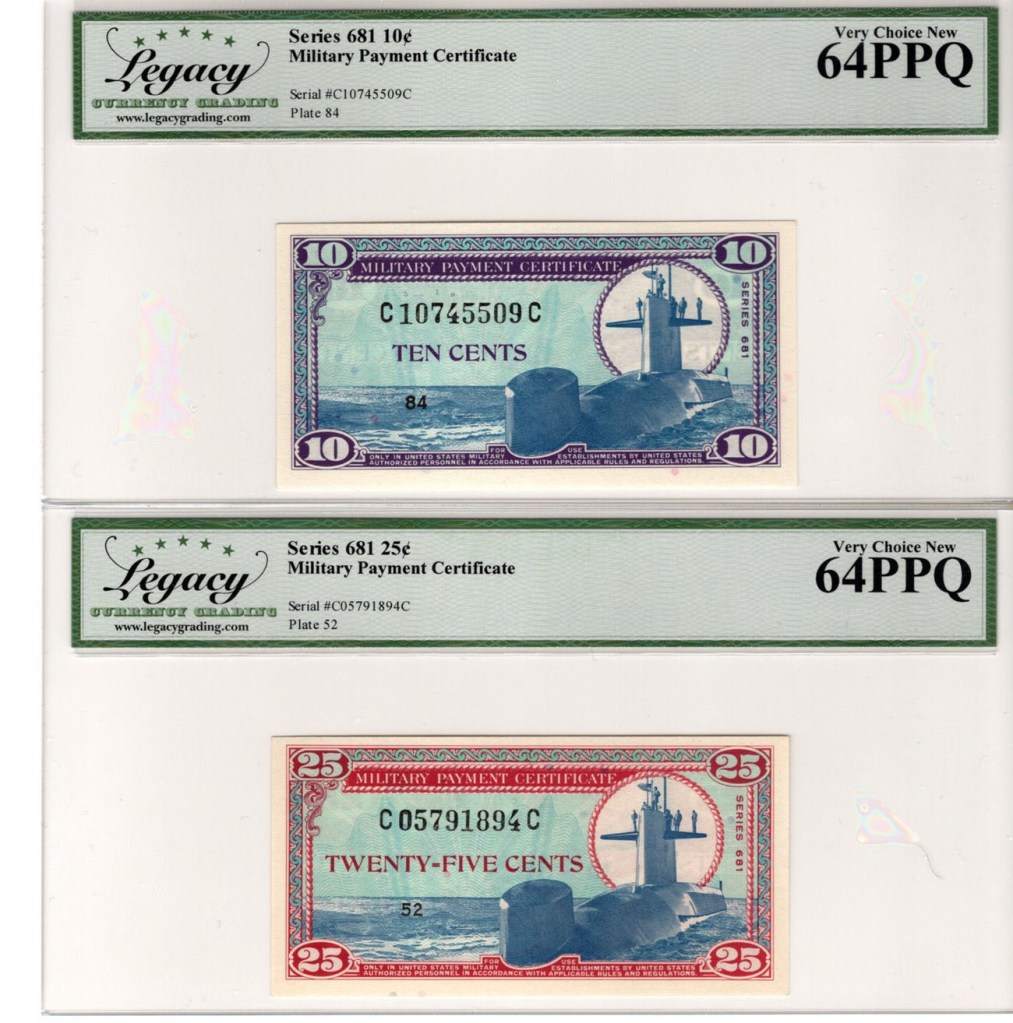

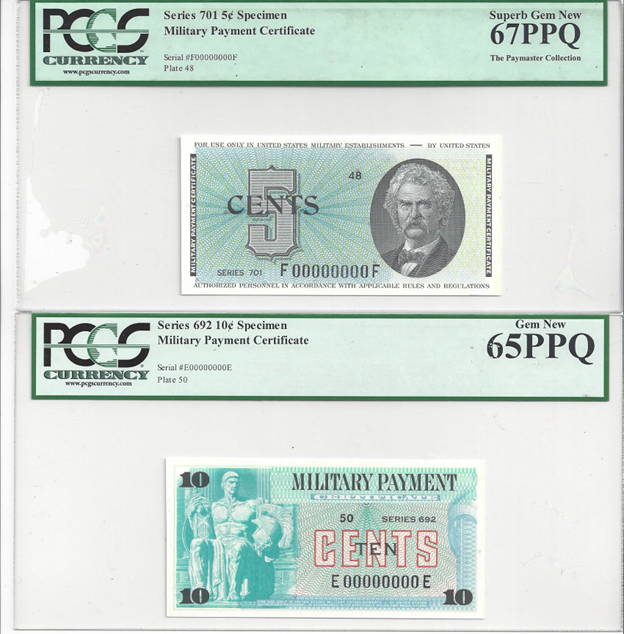
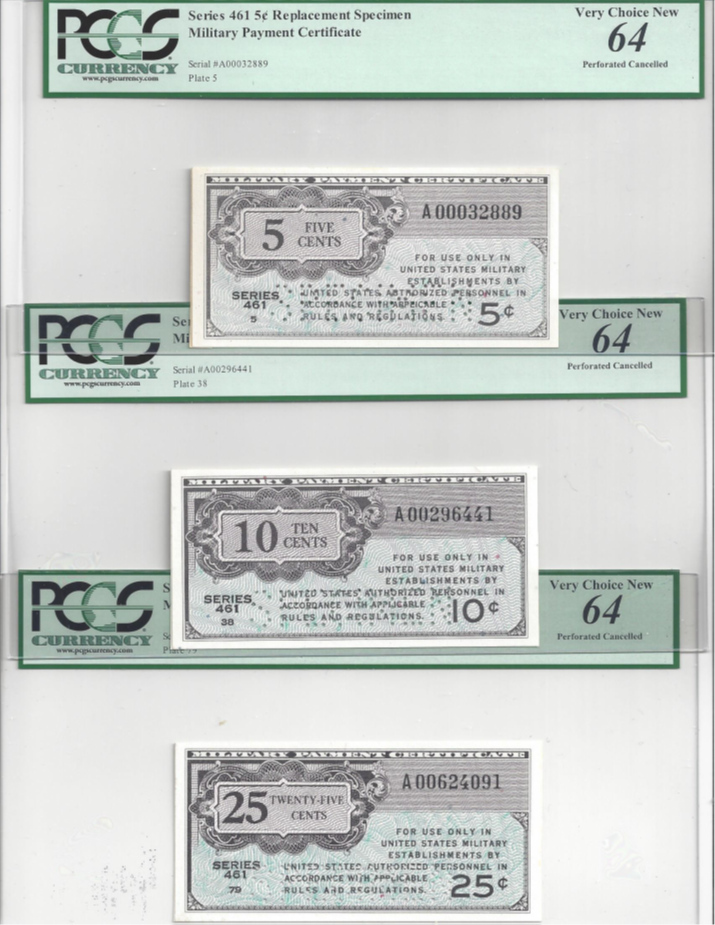
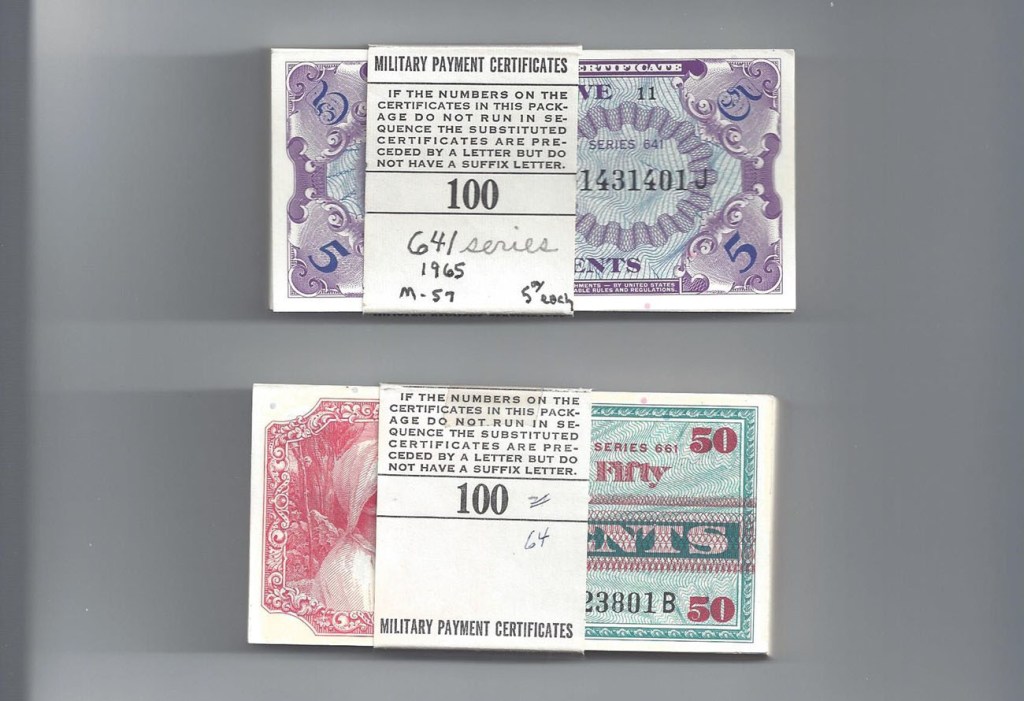
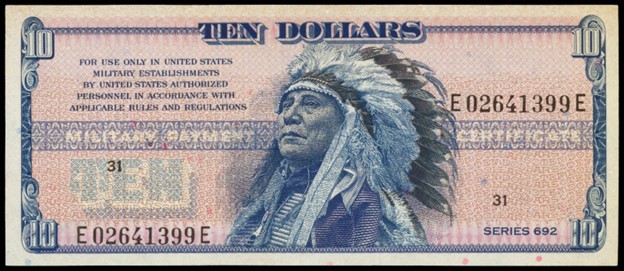
About Collectibles Insurance Services
Collectibles Insurance Services has been protecting collections since 1966 and all coverage is provided by a carrier with a group rating of “A” (Excellent) by AM Best, the leading rating agency for the insurance industry.
Comprehensive coverage includes, but is not limited to: accidental breakage, burglary, fire, flood, loss in the mail, theft, natural disasters, and other causes of loss unless specifically excluded from the policy. Deductibles start at $0 for collector policies and we provide coverage for the market value of your collection for losses in excess of $50.
Additionally the protection extends At home and away, and we don't require collection itemization and serial number nor extensive paperwork and red tape.
